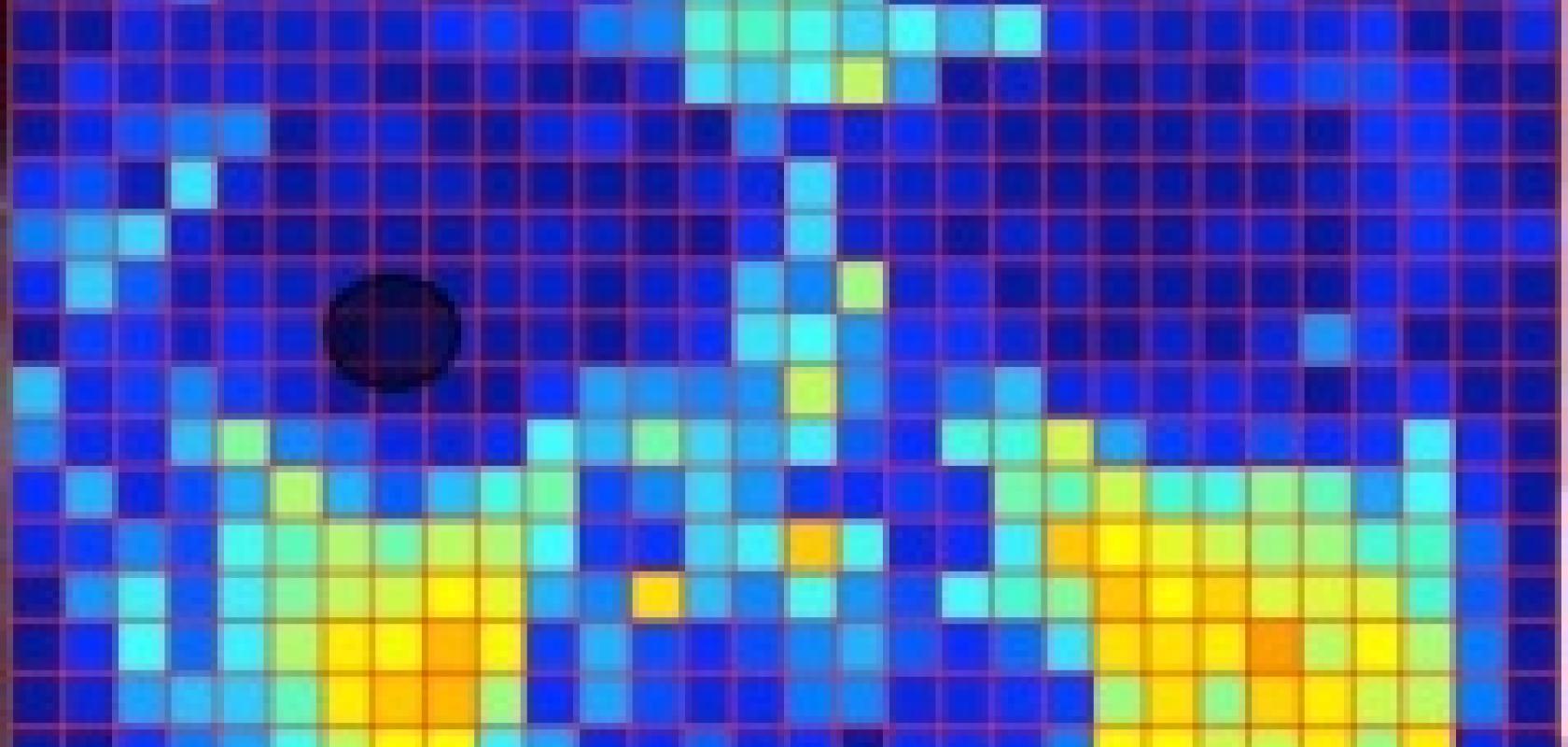A camera system has been developed for hospitals to monitor patients’ vital signs by imaging the person’s face. The DistancePPG was the result of research from Rice University’s Scalable Health Initiative. It is designed to measure a patient’s pulse and breathing by analysing the changes in skin colour over time.
The technique isn’t new, but other camera-based systems have generally struggled to get accurate readings in low-light conditions, or with dark skin tones and movement. The DistancePPG, however, incorporates algorithms that correct for those variables.
The team of Rice graduate student Mayank Kumar and professors Ashok Veeraraghavan and Ashutosh Sabharwal created the system that will let doctors diagnose patients from a distance with special attention paid to those in low-resource settings. The lab’s research appeared in the Optical Society journal Biomedical Optics Express.
Kumar, the project’s lead graduate researcher, said DistancePPG will be particularly helpful to monitor premature infants for whom blood pressure cuffs or wired probes can pose a threat. ‘This story began in 2013 when we visited Texas Children’s Hospital to talk to doctors and get ideas,’ Kumar said. ‘That was when we saw the newborn babies in the neonatal ICU. We saw multiple wires attached to them and asked: “Why?”’
The wires monitored the babies’ pulse and heart rate. ‘The problem was that the babies would roll, or their mothers needed to take care of them, and the wires would be taken off and put back on,’ Kumar added. That, Kumar said, could potentially damage the infants’ delicate skin.
Imaging can be used to detect changes in a person’s skin colour due to changes in blood volume underneath the skin. Pulse and breathing rates can be determined from these changes. The technique works well for monitoring Caucasians in bright rooms, but it is more difficult to detect colour change in darker skin tones. In addition, lighting is not always bright enough, and patient movement can also introduce error. The Rice team solved these challenges by adding a method to average skin-colour change signals from different areas of the face and an algorithm to track a subject’s nose, eyes, mouth and whole face.
‘Our key finding was that the strength of the skin-colour change signal is different in different regions of the face, so we developed a weighted-averaging algorithm,’ Kumar said. ‘It improved the accuracy of derived vital signs, rapidly expanding the scope, viability, reach and utility of camera-based vital-sign monitoring.’
By incorporating tracking to compensate for movement — even a smile — DistancePPG perceived a pulse rate to within one beat per minute, even for diverse skin tones under varied lighting conditions. Kumar said he expects the software to find its way to mobile phones, tablets and computers so people can measure their own vital signs whenever and wherever they choose.
Further information:
Rice University’s Scalable Health Initiative
DistancePPG: Robust non-contact vital signs monitoring using a camera


